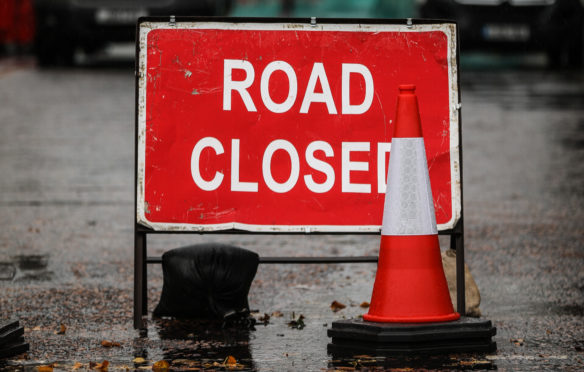Money to repair and renew Fife’s deteriorating roads is routinely wasted by the council, according to former transportation workers.
Allegations of two ex-employees – strongly rebutted by Fife Council – included that major works regularly cost 30% more and take longer than they could.
They claimed projects were split up and awarded to in-house workers when outside contractors would have done the job cheaper and quicker.
Patching and pothole repairs can cost as much as double when done by the council’s own workers, they said, and temporary repairs were often made when the cost of a permanent fix was only a fraction more.
Their claims were branded an “inaccurate portrayal” of the work done by the council’s transportation service.
They also came as the service faces a reducing budget to tackle the long list of repairs needed to the region’s roads.
One of the former employees said: “There is a political preference to maintain in-house workers.
“It’s something bosses have failed to tackle over a number of years.
“When we saw money getting wasted we would voice our opinion but we were just ignored.”
An example given was resurfacing works conducted at Dunnikier Way and Whytemans Brae, in Kirkcaldy, around three years ago.
He said they had originally been combined as one project, which could have cost around £350,000 had it gone to competitive tender.
However, the work was split into three parts and done by the council at a cost of £520,000.
The ex-employee said: “There could have been quite a saving if they hadn’t done that and the work would have been done quicker. It’s not just the money, it’s the disruption to the travelling public.”
His former colleague claimed jobs were “cherry-picked” at the start of the year for the in-house squad.
He said people might prefer the work to go to council employees rather than outside companies.
But he added: “If we said ‘rather than resurfacing 10 streets we can actually do 15, are you still in favour of the council doing the work itself?’ I don’t think people would be so keen.”
Transportation senior manager Derek Crowe firmly rejected the allegations and said there were rigorous controls on spending taxpayers’ money.
He said: “Unfortunately, this is an inaccurate portrayal of the work we do.
“Working within the budget constraints we face across the council, our aim is to provide best value for the people of Fife at all times.
“We use our in-house teams as well as external contractors depending on the job that’s to be done, the timing of the work in hand and the overall cost of the project.
“Budgets are monitored and scrutinised and rigorous financial controls are in place before any public money is spent.”










